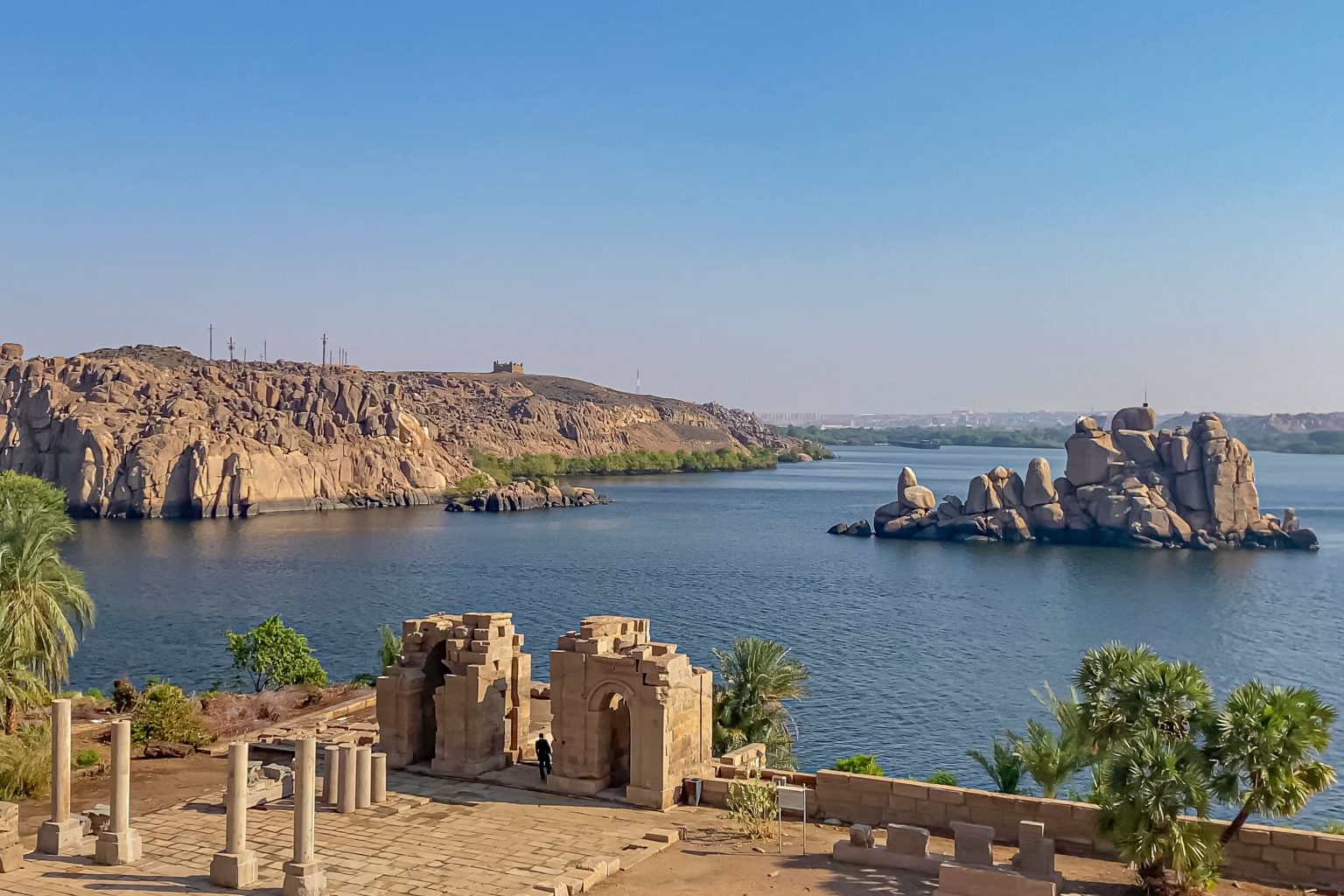Archaeologists in Egypt have discovered a collection of ancient Egyptian artworks hidden underwater in the Nile River. These artifacts were found in the area between the “Low” and “High” Aswan dams, south of the city of Aswan, which was strategically significant in ancient times as the southern frontier of pharaonic Egypt. The construction of the dam in 1970 flooded this area, preserving numerous archaeological remains below the water’s surface.
By using exploratory dives, photography, and underwater video, the archaeological mission identified rock carvings and inscriptions depicting various ancient Egyptian pharaohs, including Amenhotep III, Thutmose IV, Psamtik II, and Apries. The team is currently working on creating three-dimensional models of the finds in preparation for a scientific publication that will detail their discoveries. These findings provide new insights into the history of the region and shed light on the rulers who reigned during different periods of ancient Egyptian history.
In a separate study published in the journal Communications Earth & Environment, researchers identified a “long-lost” branch of the Nile known as the Ahramat Branch, which may explain the location of several ancient pyramids. This extinct river branch once ran along the eastern edge of the Western Desert Plateau in Egypt, passing near 31 pyramids—including the iconic complex at Giza. The discovery of this branch buried under farmland and desert offers a new perspective on the geography of ancient Egypt and the relationship between the Nile River and the construction of pyramids in the region.
The ongoing archaeological research in the Aswan Reservoir area and the identification of the Ahramat Branch highlight the rich history and cultural heritage of Egypt. These discoveries contribute to our understanding of ancient Egyptian civilization, the rulers who governed the region, and the significance of the Nile River in shaping the landscape and development of the country. By studying and documenting these underwater artifacts and geological features, researchers are able to piece together a more comprehensive narrative of Egypt’s past and the people who inhabited the region.
The collaboration between Egyptian and French archaeologists in uncovering these ancient artworks showcases the importance of international cooperation in preserving and studying cultural heritage. By utilizing advanced technologies and research methods, archaeologists are able to explore underwater sites and unveil hidden treasures that have remained submerged for centuries. These discoveries not only enrich our knowledge of ancient civilizations but also inspire further exploration and investigations into the history of Egypt and other regions along the Nile River.
As the archaeological mission continues its work in documenting the underwater remains in the Nile River, there are bound to be more revelations and new insights into the past. The combination of traditional excavation techniques with modern scientific methods allows researchers to piece together the puzzle of ancient Egyptian history and bring to light the stories of the pharaohs and their civilizations. These ongoing efforts to preserve and study Egypt’s cultural heritage ensure that future generations can learn from and appreciate the wealth of archaeological treasures hidden beneath the waters of the Nile.


